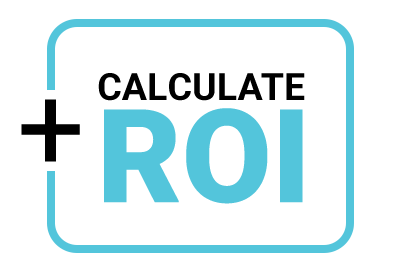



This team will play an active role in creating the policy from start to approval. Ideally, the team should comprise staff from each department within the organization who can actively represent the department’s interests in policymaking.
Sort your data into categories according to how that data serves your organization. Take note of whether the data is permanent or temporary and the retention period attached to the data.
This requires thorough research to ensure the policy aligns with state and federal regulations. This stage also requires you to review contractual obligations that were agreed upon at the data collection point with your clients, customers, and stakeholders.
An example of legislation to consider while drafting your policy is the Personal Information Protection and Electronic Documents Act (PIPEDA) which dictates how personal information is collected and used in the course of commercial engagements.
Consider the questions below as you put together the data retention and destruction policy:
Create copies of the policy and distribute them to each department. You can organize a meeting with all staff to explain the policy for better understanding. Create a policy implementation plan to roll out the policy across all departments and relevant stakeholders.

You free up storage space and create room for storing only relevant data. In addition, the policy ensures irrelevant data is removed with minimal disruption to business operations.
Knowing which data is should be archived protects vital IT assets that will be beneficial to future operations. The policy prevents the deletion of important data without prior review.
A data retention and destruction policy protects the business from litigation in case of data leakages or hacking. In addition, knowing which laws and regulations apply to a data retention and destruction policy keeps you a step ahead of data security.
Employees access data easily and faster because only relevant information is retained.
Data retention and destruction policies improve data security and management in an organization.
Data retention and destruction policies improve data security and management in an organization.
You reduce instances of being penalized for not complying with local, state, or federal data laws.

A leader in the ITAD industry, TechReset goes beyond recycling computers. We fully repurpose units to extend the life of IT equipment beyond its first use. TechReset offers on-site device removal, certified audit reporting and completely secure data eradication through gold standard data cleanse software or physical hard drive shredding.
TechReset is now a part of Quantum Lifecycle Partners.
1-888-676-4992